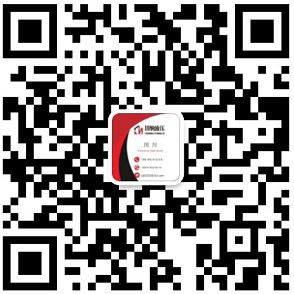How Eaton hydraulic pump parts are planned
Date of issue:2017-12-14
How Eaton hydraulic pump parts are planned
Has gradually become the foremost figure on the international stage, continuous technological innovation and high-quality product quality are necessary elements to make it proud of the global construction machinery industry. In the construction machinery industry, Eaton Vickers hydraulic parts mainly includes six types of typical parts: crawler chassis parts, hydraulic cylinders, transmission parts, molded structural parts, ordinary structural parts, and powertrains.
Let's understand the planning of hydraulic cylinders.
1. Grasp the original data and planning basis of the hydraulic cylinder, including: the use of the main engine and operating conditions; the structural characteristics, load conditions, stroke size and action requirements of the operating organization; the operating pressure and flow rate selected by the hydraulic system; Eaton Wiggle The actual situation of the information on accessories, accessories and processing technology; relevant national standards and technical specifications.
2. According to the external load force received by the hydraulic cylinder, such as gravity, external tissue movement friction force, inertial force and working load, determine the change rule of the hydraulic cylinder load on each stage of the stroke and the necessary power value.
3. Determine the diameter of the piston and piston rod according to the working load of the hydraulic cylinder and the selected oil working pressure.
4. Determine the flow rate of the hydraulic pump according to the movement speed of the hydraulic cylinder, the diameter of the piston and the piston rod.
5. According to the requirements of the working stroke, Eaton parts determine the working length L of the hydraulic cylinder, generally L>=D, and D is the diameter of the piston rod. As the piston rod is slender, it should be checked for longitudinal bending strength and the stability of the hydraulic cylinder.
6. Pack up planning and accounting documents, review drawings and other technical documents.





 Company address: no.379, Juji Road, Zhangpu Town, Kunshan City
Company address: no.379, Juji Road, Zhangpu Town, Kunshan City Contact person: Mr. Chen
Contact person: Mr. Chen mobile phone:18888180218
mobile phone:18888180218 Landline:0512-36863852
Landline:0512-36863852